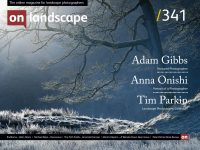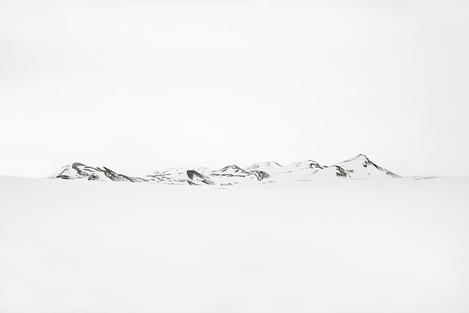Taking direct responsibility our own carbon footprint

Ted Leeming
From traditional landscape and the impressionist, to more recent explorations of land use, climate and biodiversity, my work centres around an evolving consideration of place that forms the ‘Zero Footprint’, low carbon concept I share with my wife and fellow photographer, Morag Paterson. More recent works include the collaborative Energise, Fantastic Forest Festival and Artful Migration residencies, Where the Wild Things Are, and an immersive ‘Commute’ - by ebike - from Scotland to Italy. Find out more about our work please visit our blog, “Wanderings of a Photographic Duo”
The island of Surtsey first broke through the Atlantic swell as a result of volcanic eruptions in 1963. The island lies just off Iceland's southwest coast on the mid Atlantic Rift, where two great oceanic plates are ripping apart from each other and forming new land. This barren rock, the newest of landmasses on our planet, was a source of schoolboy wonder for me, and yet looking at the satellite image on Google Maps as I write, you can see the distinctive green of life already starting to form on the volcano’s southern flanks. Significant new life on a bare rock in the middle of the ocean within 50 years. Nature is simply extraordinary in its ability to regenerate when given even the slightest opportunity.
In a similar way, our own times have changed at an incredible rate over the last 100 years, heralding immense opportunity. But I still find it hard to imagine just how quickly new incredible become the norm and expected. In a world where it is almost impossible to imagine life without flying, for example, I was recently reminded that the very first passenger flight took to the skies just 104 years ago in 1919, with the first mass produced car, the Curved Dash Oldsmobile, rolling of the production line two years earlier.
As an early proponent, I vividly remember just how the arrival of digital polarised and split the community. But for me, it was just so exciting, both in the field and with respect to post production opportunities. Within a year, we were exploring what is now called ICM and other techniques rarely explored with film (though the legendary Freeman Paterson would rightly disagree). The new technology rapidly bought huge opportunities for cost effective creative exploration, opening opportunities to run tuition workshops as digital reformed the photographic world. With cheap air travel this quickly morphed into venue based photographic workshops to ever more romantic locations as clients craved new and exciting places to experience. A favourite venue, not only for us, became what remains one of my most beloved countries, Iceland, and even today the hairs tingle just at the thought. Seas, storms, snow and ice. And culture. And always my childhood romance with Surtsey just off her shores.


